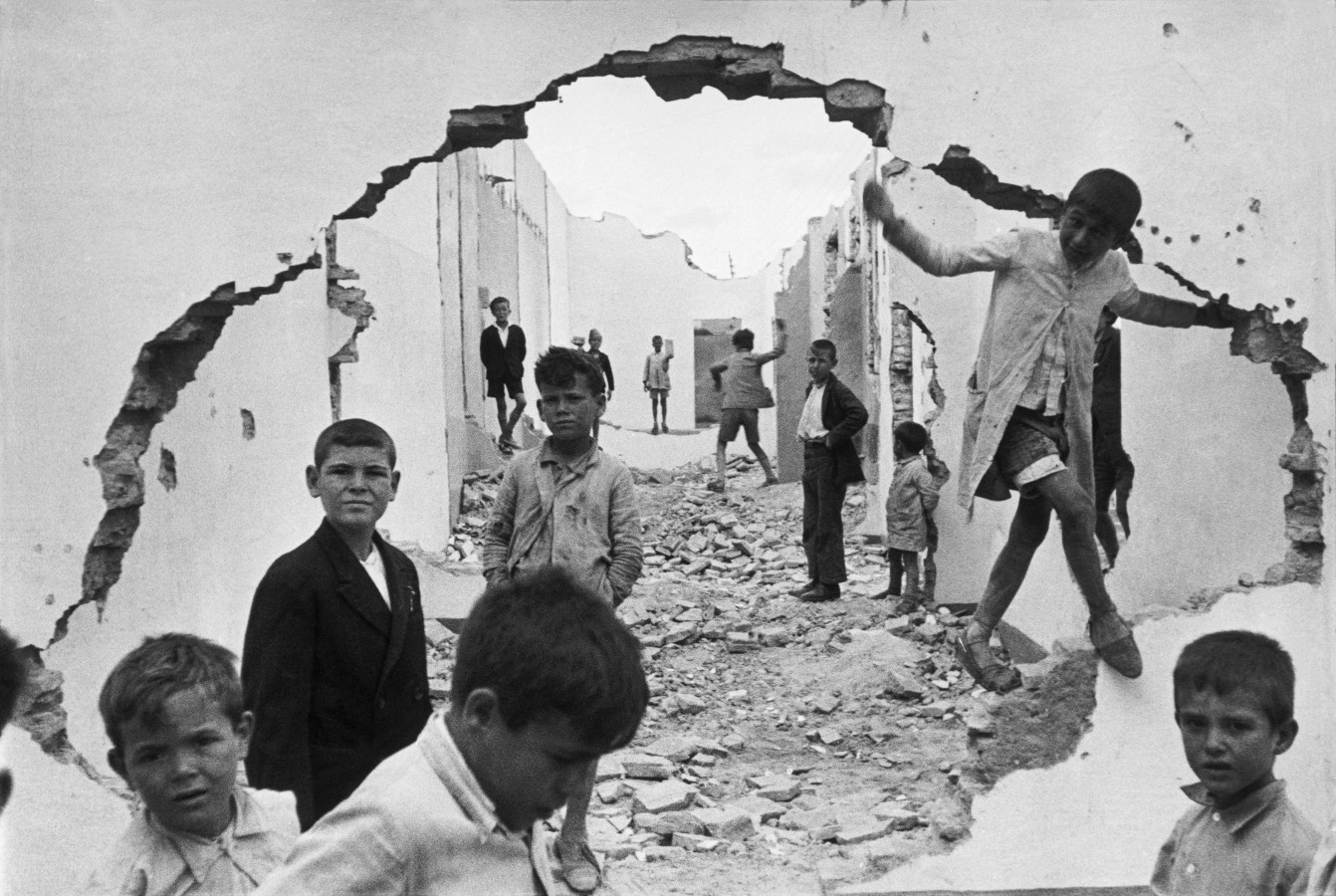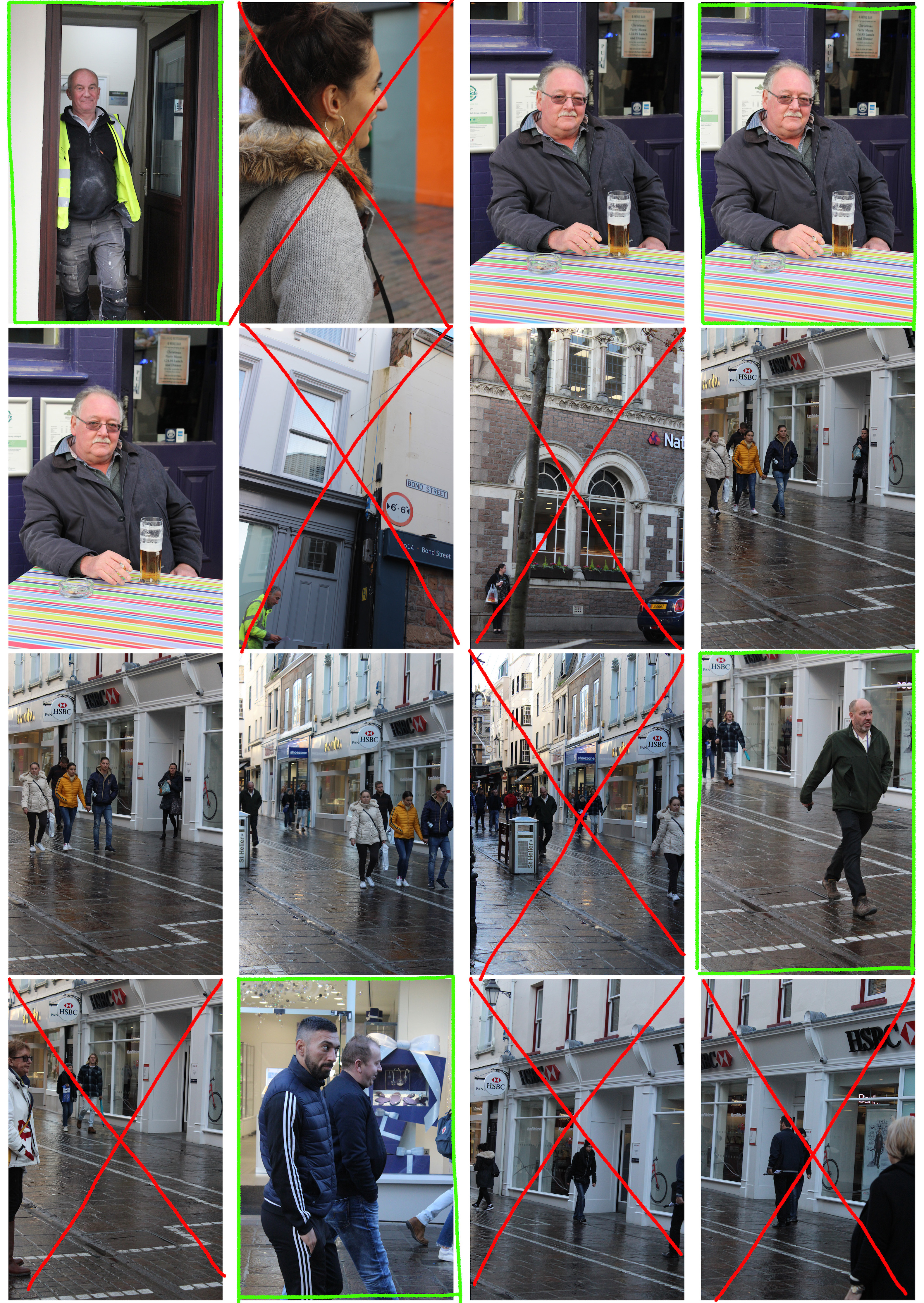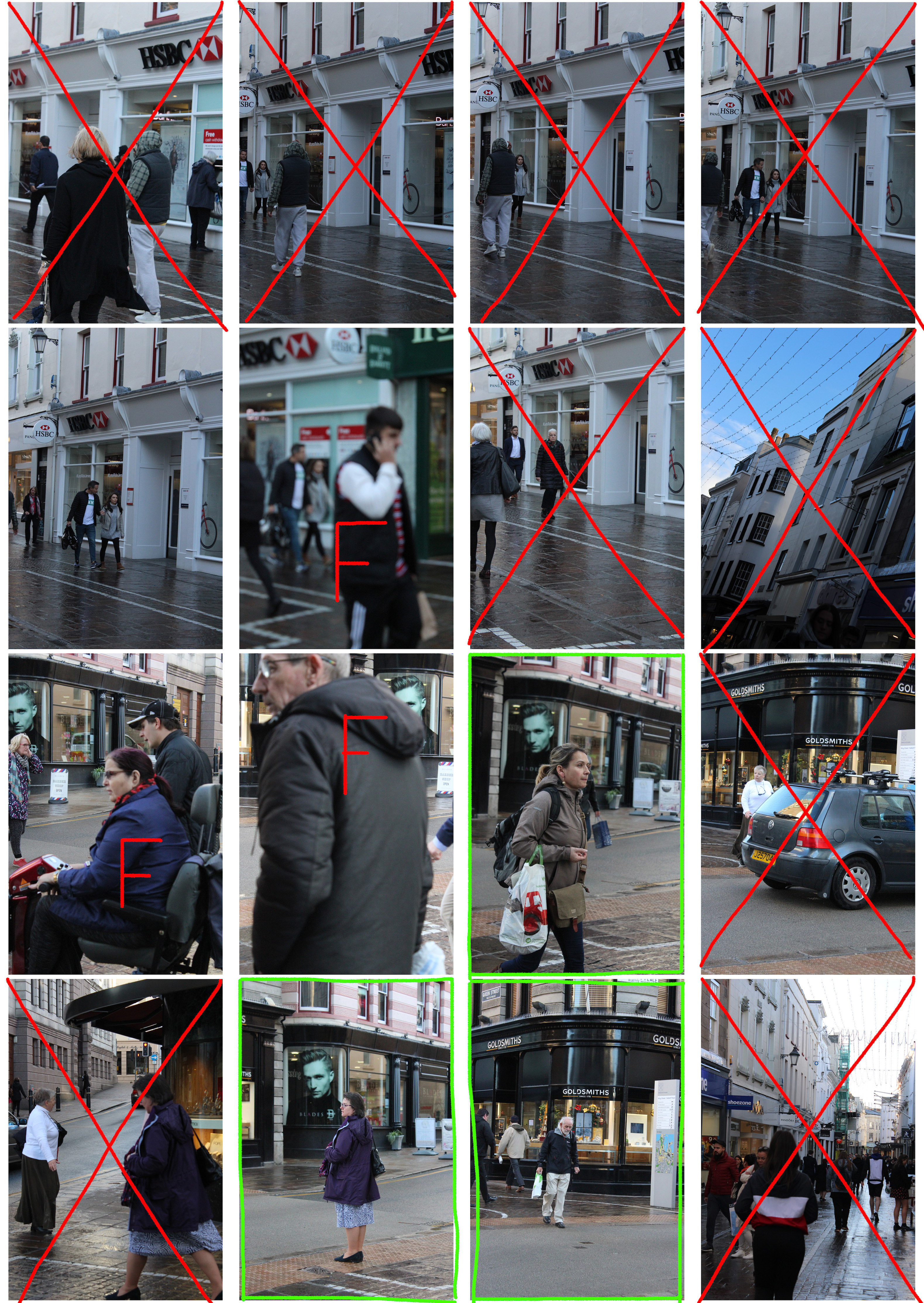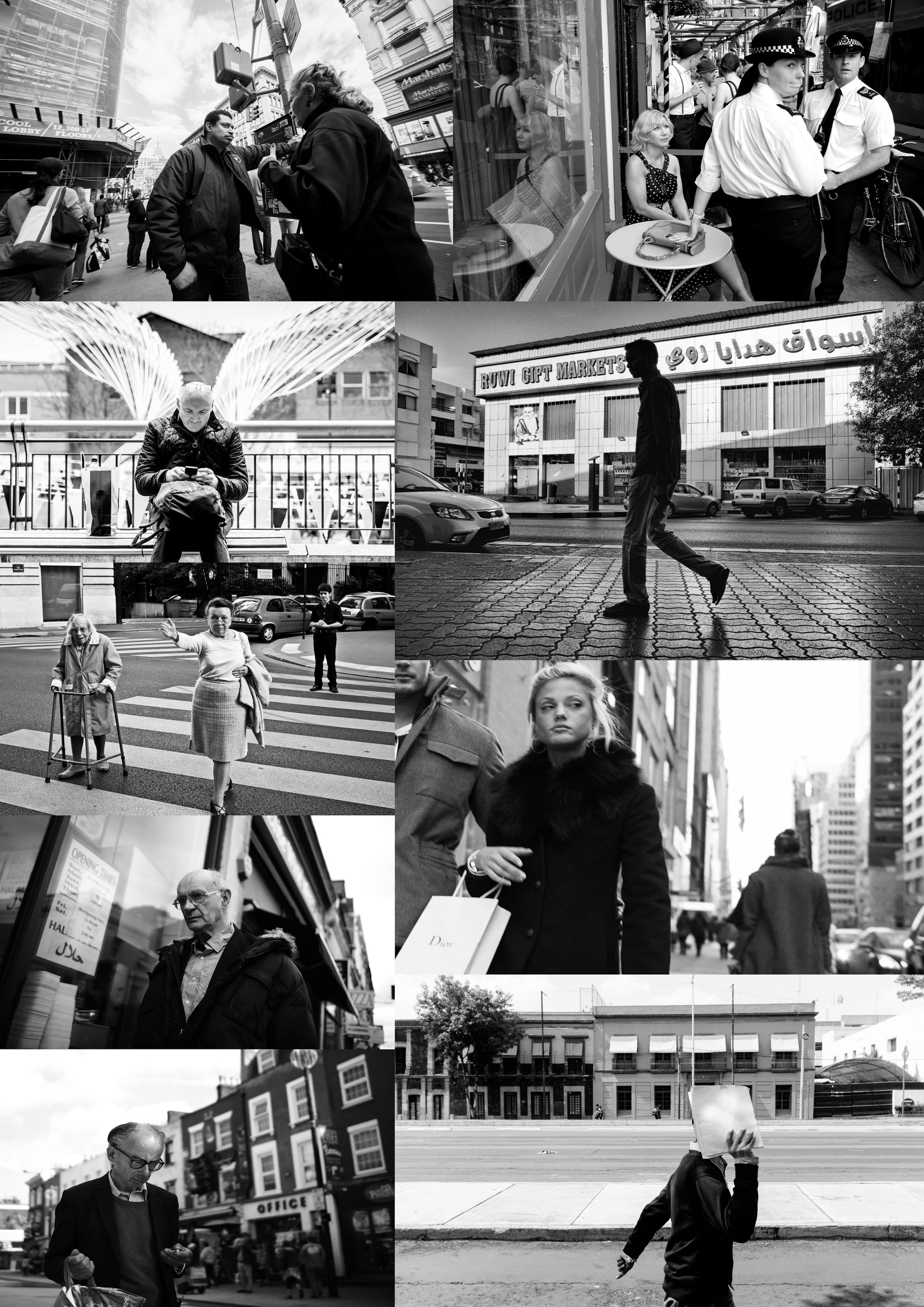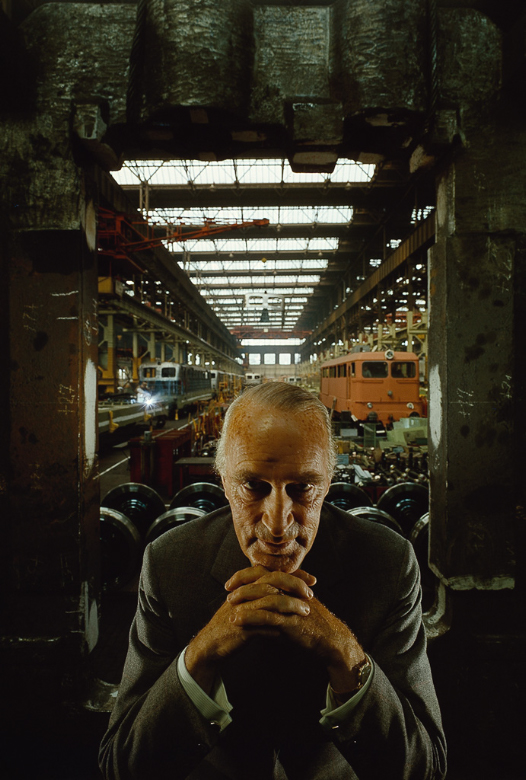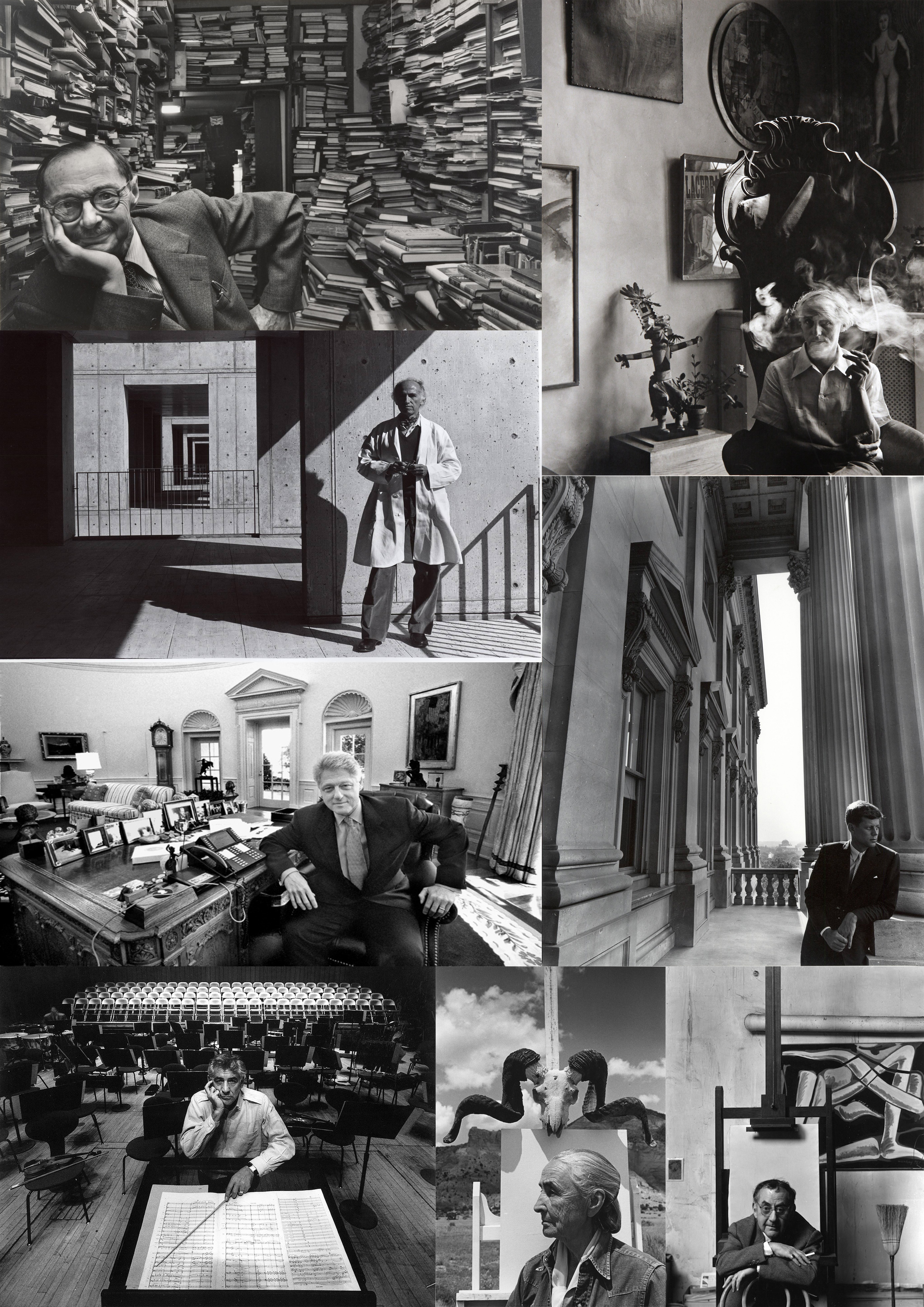Why do we use studio lighting?
Studio lighting offers the photographer control over the final image. Studios are simple rooms with no windows so there’s no sunlight involved. The walls are black or white so there’s no colour introduced. There’s a simple backdrop using a roll of white or black material. There’s also lots of space for the model and equipment to move around.

What is the difference between 1-2-3 point lighting and what does each technique provide?
One of the oldest lighting technique is called three point lighting. It is vastly used in studio photography. It is also a good basis for any portrait photograph. In this technique you use three lights:
- The first light is key light. This is usually the strongest light and this light sets the lighting of the scene.
- The second light is called a fill light, this light helps fill the shadows that the main light casts.
- The last light is called a backlight and it provides definition and subtle highlights around the subject’s outlines. This helps separate the subject from the background and provides a three dimensional look.
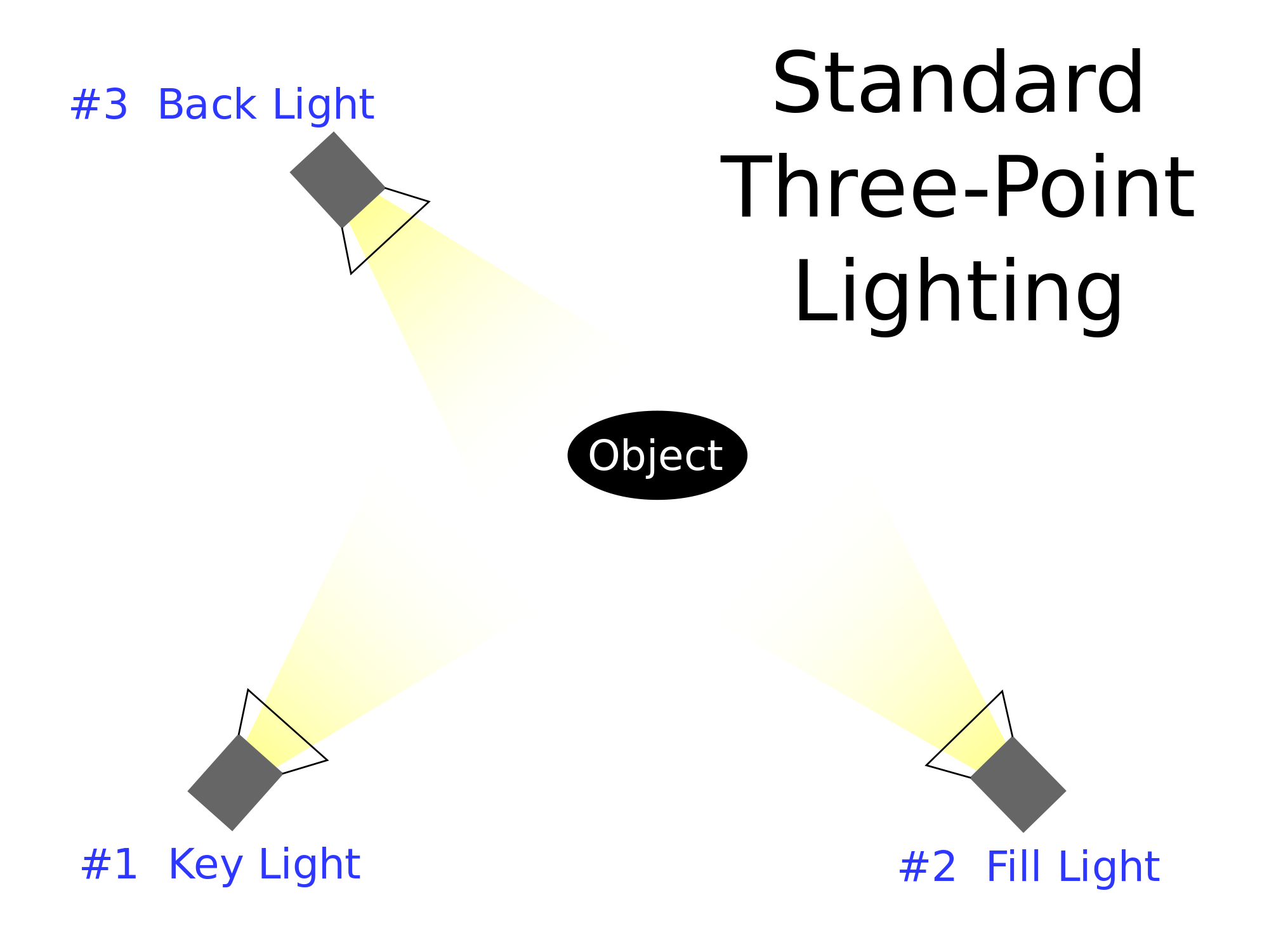
What is fill lighting?
Fill light is a form of additional light mainly used to lighten up shadows in an image. It is often used in portrait photography to create contrast between the subject and the background giving the scene a sense of depth. In this situation the use of fill lighting reduces the overall dynamic range of the scene allowing for easier selection of exposure settings required to capture an image. When fill light is correctly applied it does not impact the main light source of an image.
What is spill lighting?
Spill light is the light that illuminates the surfaces beyond the area intended to be illuminated.
What is Chiarascuro ?
It is a photography technique and can be referred to as extreme low key. It means strong and bold contrast between light and dark areas in photography. It is well suited for portraits and giving the illusion of being three dimensional. It adds depth and a more mysterious atmosphere as it creates contrast between highlights and shadows in a photo.



